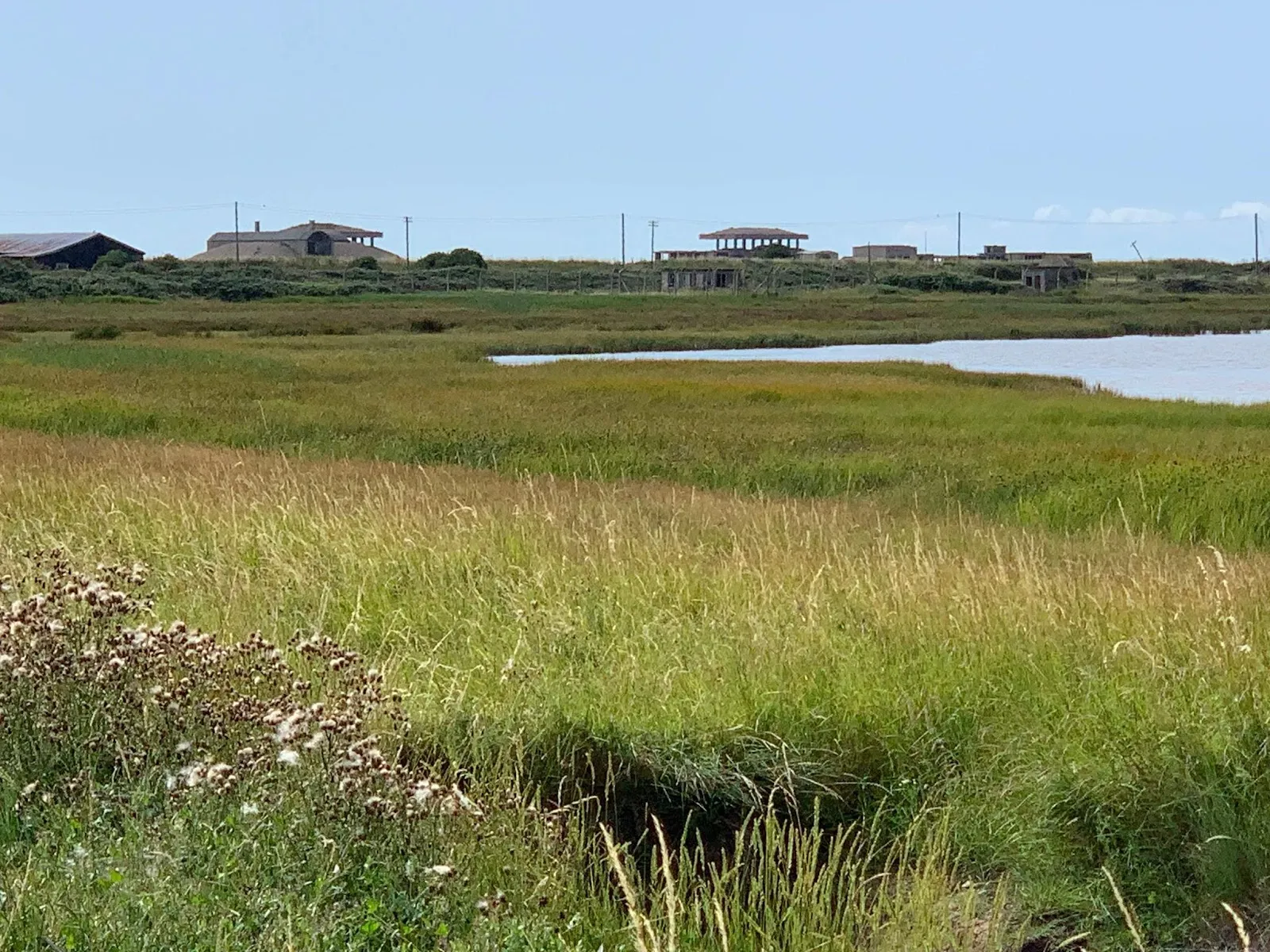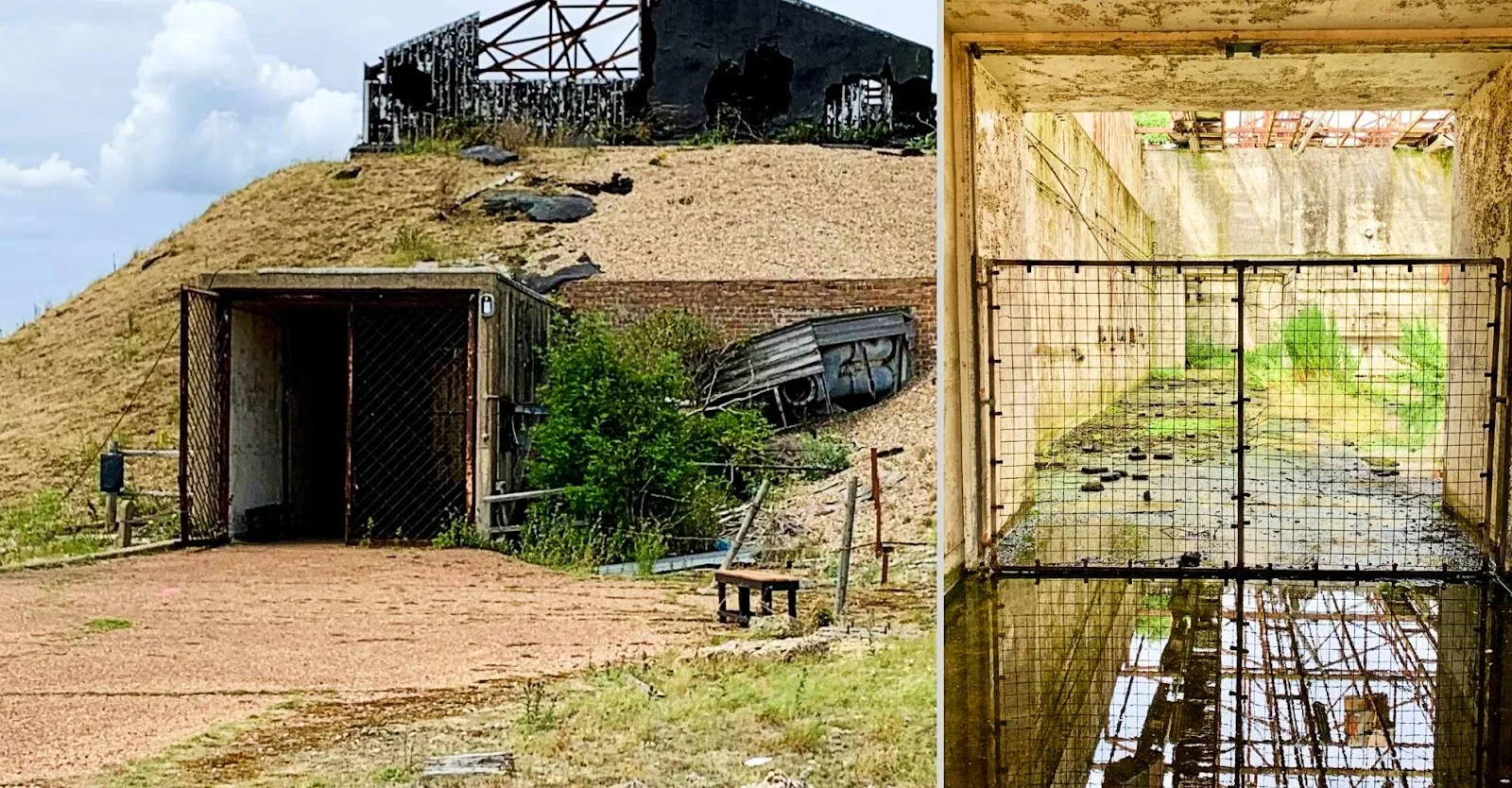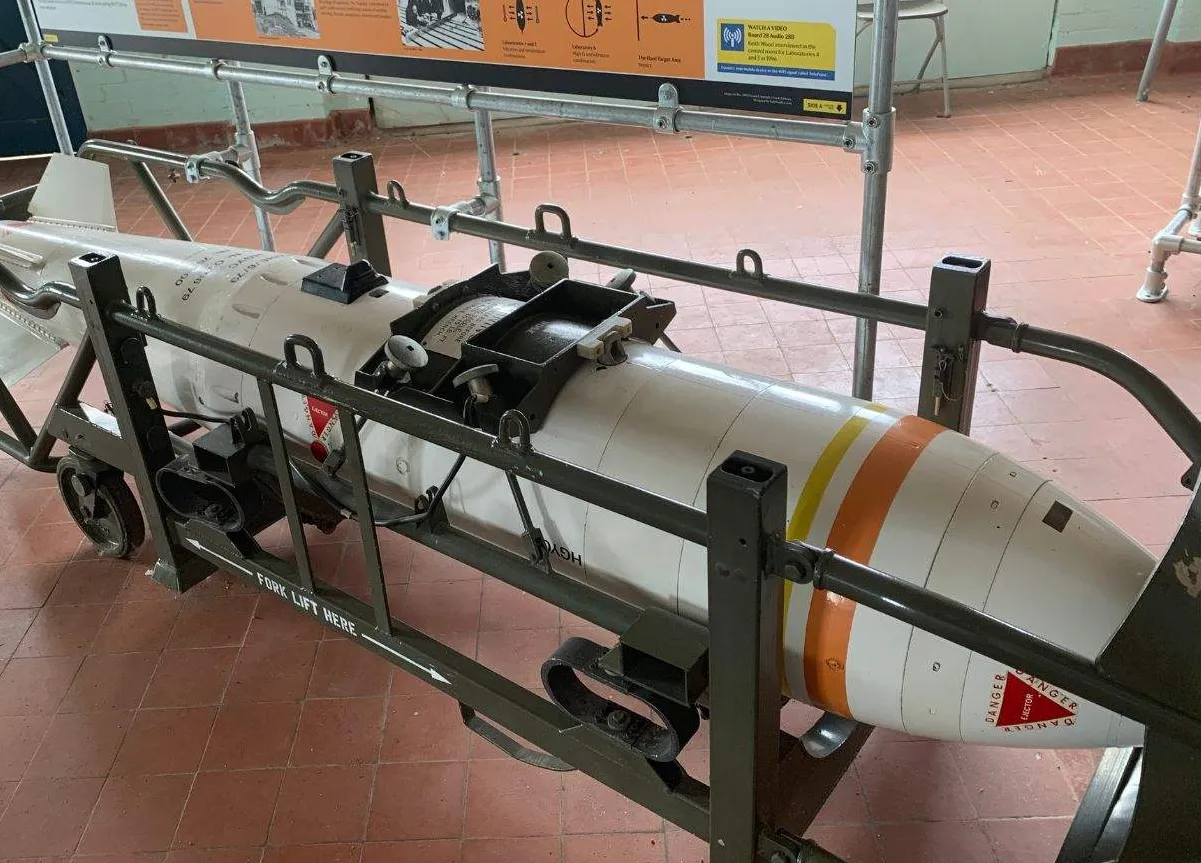Orford Ness - Britain’s Cold War Secret is Now a Spy Destination
The extraordinary peninsula is home to military secrets from the invention of radar technology to Nuclear Age weapons testing.
On the edge of England’s East Anglian coast lies a little-known isthmus, a narrow windswept strip of land known as Orford Ness. This lonely reserve has a remarkable story. It was here that much of the West’s nuclear technology and atomic weaponry was tested. The writer W.G. Sebald describes it as ‘Britain’s Bikini Atoll’.
The place reverberates to the cry of curlew and herring gull as the North Sea tumbles onto its shingle beach. Orford’s 12th-century castle built by Henry II is the former home of the legendary Orford Merman, a ‘wildman’ caught by medieval fisherfolk. As legend has it, the Merman was a prisoner in the castle, but one day escaped back to sea.
The castle remains offering a panoramic view that extends beyond the sailboats to the Ness, a nature reserve with echoes of military experimentation.

Orford Ness: The First Line of Defense
Tourists can take a five-minute ferry ride from the pier and roam Orford Ness’ paths during daylight hours. The tranquility belies a darker nature. It’s been a military installation since WWI with a radio beacon that guided Britain’s Air Force back to safety.
In 1928 the Black Beacon (right), poised like a windmill without sails, housed an experimental radar station. Sir Robert Watson-Watt - pioneer of radar technology - and his colleague, Arnold Wilkins, were guests in Orford while developing RDF (radar) circa 1935.

By WWII, the Ness was the first line of defense against a possible Nazi invasion. And yet it was only after 1945 that this windblown spit of sedge and sand came into its own.
After the atomic explosions at Hiroshima and Nagasaki, the US and its allies worked feverishly to improve nuclear weapons. The Fat Man and Little Boy bombs had been terrifyingly effective but were cumbersome and hard to maneuver. What was needed was the same explosive impact in a smaller device. In 1947, the Atomic Weapons Research Establishment (AWRE) began work at Aldermaston in Berkshire, England. The Soviet Union detonated its first nuclear device in 1949. The arms race was on.

"The brand new social experience where you activate your gaming skills as you train like a spy."
- TimeOut
Take on thrilling, high-energy espionage challenges across different game zones.

The Arms Race in Action
Orford Ness, surrounded by sea but close to the mainland, was deemed the perfect spot to test new technology. The program began in 1953 and was named WE.177. At first, three concrete laboratories were built. Factors were the remoteness of the site and the availability of space around each lab which required a 550-yard safety radius.
A substantial second phase began in the 1960s for the testing of the next generation of nuclear weapons. These became Laboratories 4 and 5 and were known as the Pagodas because of their distinctive shape. They look like a cross between a Doric temple and a brutalist multi-story car park.

Pagodas: Explosives Testing
Laboratories 4 and 5 were constructed in 1960 as a pair of vibration test buildings. Their function was unique with an energy-absorbing roof and solid sides and floor. They are reinforced concrete structures with a large central chamber (54 ft x 24 ft) and a massive concrete roof supported by 16 columns covered in shingle.
They were designed to withstand the accidental detonation of 400 pounds of high explosives during extreme vibration testing.
Nearby, The Impact Facility (or Hard Target) was built to test the ability of the WE.177 series of low-level, free-fall, nuclear weapons to detonate correctly after experiencing any mechanical shocks during a ‘laydown’ landing. Laydown bombing was essentially a free-fall but parachute retarded landing, followed by a time-delayed ground detonation.

Blue Danube: Britain’s Early Atomic Bomb
Britain’s early atomic bombs Blue Danube (24 ft long and 10,000 pounds) and Red Beard (12 ft long and 2,000 pounds) were large and required delivery by strategic bombers. With increased nuclear yields it became possible to produce smaller weapons that could be delivered from low-flying ‘tactical’ aircraft.
The bombs were fired at a solid concrete wall to assess the strength and ability of its fuses. The devices were mounted on a rocket-propelled wooden sled that traveled along a rail track and hit the wall at 150 mph. Impact data, transferred via an umbilical cord from sensors within the weapon, was recorded externally. The impact was also recorded on Vinten high-speed film cameras mounted on a wooden gantry 50 feet above the point of impact.
In an age of AI and iPhones, it’s hard to exaggerate the importance of this analog technology. The WE.177 was Britain’s last free-fall nuclear weapon and was in use from 1966-1998, even though the deterrent had transferred to submarines.

Cobra Mist
Turn to the north of the isthmus and Cobra Mist, a gray oblong concrete structure the size of an aircraft hangar, is off-limits too. This was an Anglo-American project designed to see ‘over the horizon’ at what the Soviets were doing at the height of the Cold War.
The Pentagon developed a variety of surveillance and intelligence-gathering systems and Cobra Mist was the last major project that took place on Orford Ness. The AN/FPS-95 radar set was targeted toward Eastern Europe and the western areas of the USSR. It was hoped the early warning of an attack would be increased from four minutes to 15 minutes.
AWRE vacated the island in 1971 and the Royal Air Force Explosive Ordnance Disposal carried out munitions disposal on the Ness until 1987. The strip of land lay unused until 1993 when it was purchased by Britain’s National Trust.
Apart from an abundance of wildlife and the occasional tourist, only the ghosts of its workers haunt the place beneath the baleful gaze of the pagodas. Orford Ness seems innocent enough on a sunny, blustery day - an interesting historical artifact. But on a cold, dark winter’s night? Spooky.
SPYSCAPE+

Join now to get True Spies episodes early and ad-free every week, plus subscriber-only Debriefs and Q&As to bring you closer to your favorite spies and stories from the show. You’ll also get our exclusive series The Razumov Files and The Great James Bond Car Robbery!


Gadgets & Gifts
Explore a world of secrets together. Navigate through interactive exhibits and missions to discover your spy roles.
Your Spy Skills
We all have valuable spy skills - your mission is to discover yours. See if you have what it takes to be a secret agent, with our authentic spy skills evaluation* developed by a former Head of Training at British Intelligence. It's FREE so share & compare with friends now!
* Find more information about the scientific methods behind the evaluation here.


Stay Connected
Follow us for the latest
TIKTOK
INSTAGRAM
X
FACEBOOK
YOUTUBE